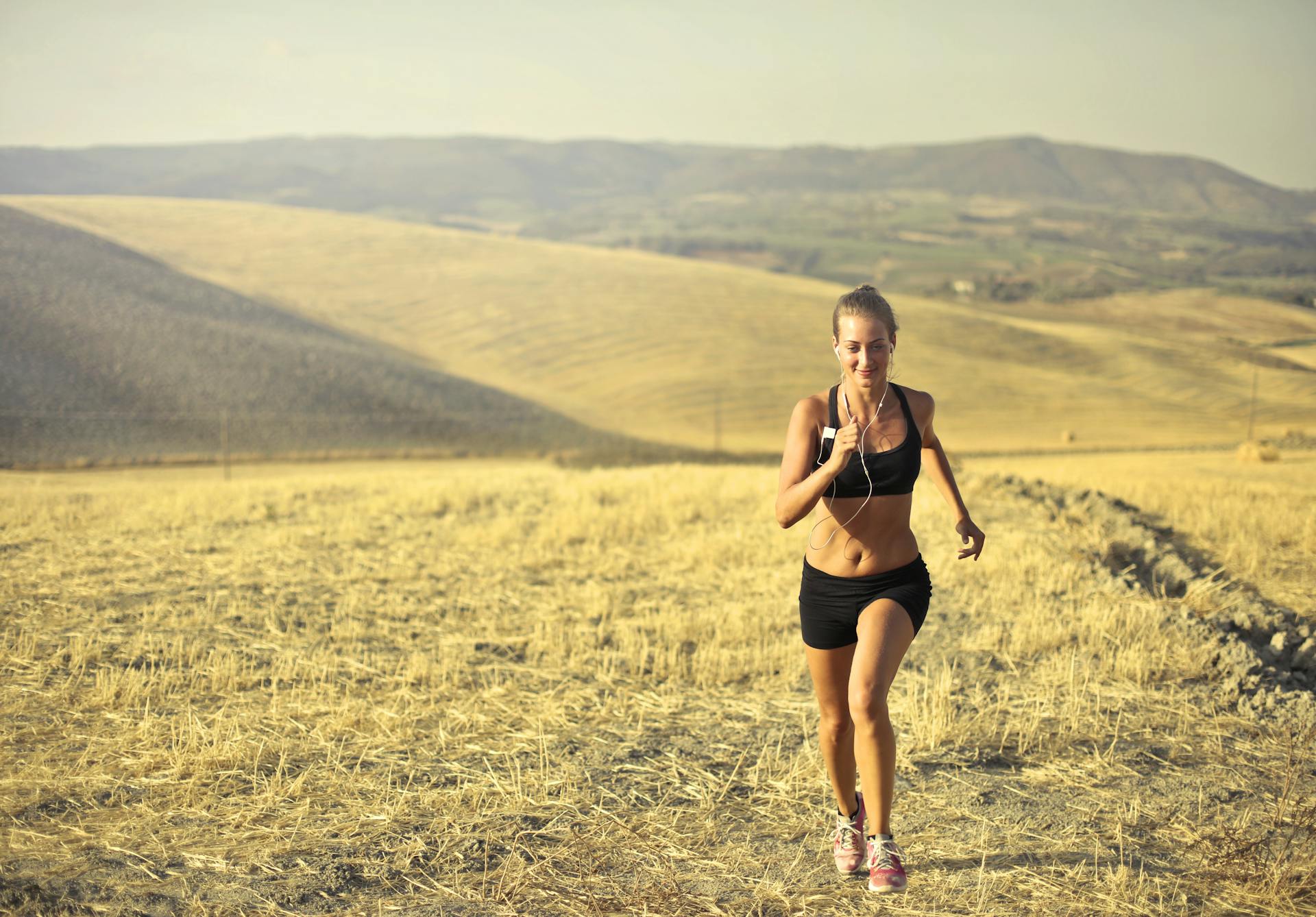

More news

Terapie červeným světlem vs. infračervená sauna: Jaký je rozdíl?
V dnešní době, kdy touha po mladistvé a zářivé pleti neustále roste, se terapie červeným světlem a infračervené sauny stávají populárními neinvazivními metodami pro omlazení pokožky. Tyto terapie ...
Read more
Toxické látky v dětských produktech: EU musí jednat rychle, jak ale můžeme pomoci už dnes?
Podle aktuální zprávy Evropského úřadu pro životní prostředí (EEB) jsou dětské výrobky v EU vystaveny značnému riziku kontaminace toxickými chemikáliemi. Tyto nebezpečné látky zahrnují například o...
Read more
Skrytá rizika domácího praní: Co nám studie odhaluje o toxicitě pracích prostředků?
Praní je běžná činnost, kterou provádíme automaticky, aniž bychom si uvědomovali, jaké látky se mohou v našich pracích prostředcích skrývat a jak mohou ovlivňovat naše zdraví a životní prostředí. ...
Read more
Leave a comment
This site is protected by hCaptcha and the hCaptcha Privacy Policy and Terms of Service apply.